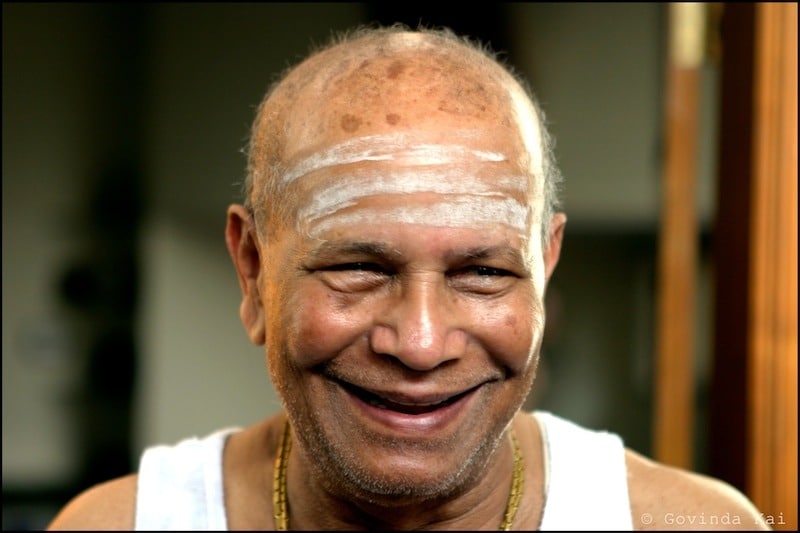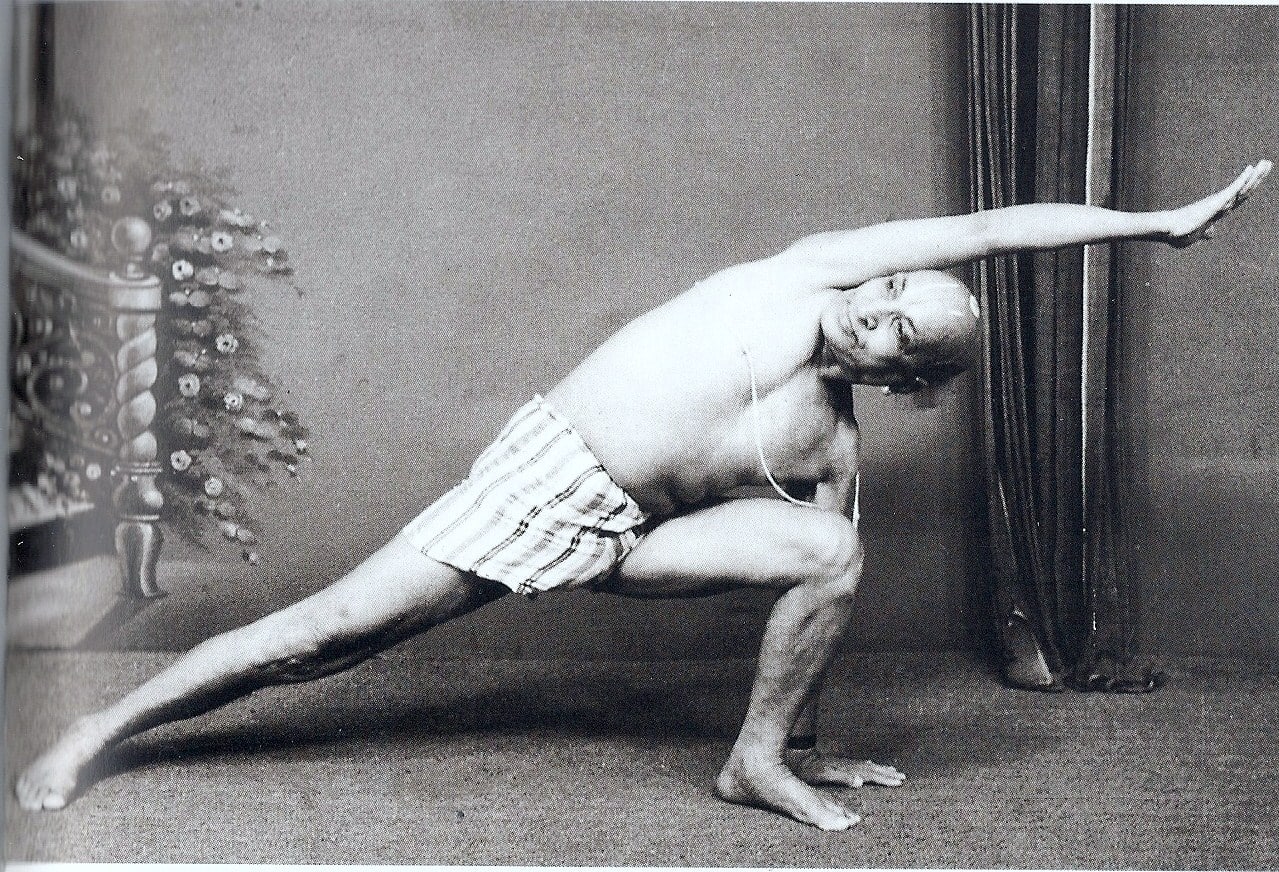Krishna Pattabhi Jois
Krishna Pattabhi Jois is the founder of the Ashtanga style of yoga and one of the most influential yoga teachers to have brought yoga to the west through the Ashtanga Yoga Research Institute in Mysore, India. I studied there in January 2015. Jois was born on a full moon in 1915 in Kowshika in southern … Read more


